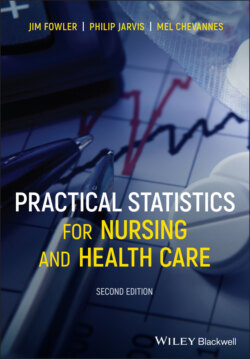Читать книгу Practical Statistics for Nursing and Health Care - Jim Fowler - Страница 23
2.11 Cluster Sampling
ОглавлениеCluster sampling involves dividing the population into subgroups called clusters. However, unlike stratified sampling and quota sampling (in which the subjects in a particular stratum or subgroup are meant to be as alike as possible), the objective is to include in each cluster the various characteristics that the population might contain. The rationale for both stratified and quota sampling is the control of factors (e.g. age or sex differences) that are known (or suspected) to confound the response being investigated. In cluster sampling, the idea is not to have a homogeneous group, but one which is representative of the cluster through either a census (100% sample) or, more usually, by taking a representative sample of the cluster.
Cluster sampling is commonly used when the population covers an area that can be divided by region (e.g. GP practices). A small number of these clusters is selected at random (using simple random sampling). Every subject in the chosen clusters is then included in the sample. One key problem with cluster sampling is choosing appropriate clusters.
